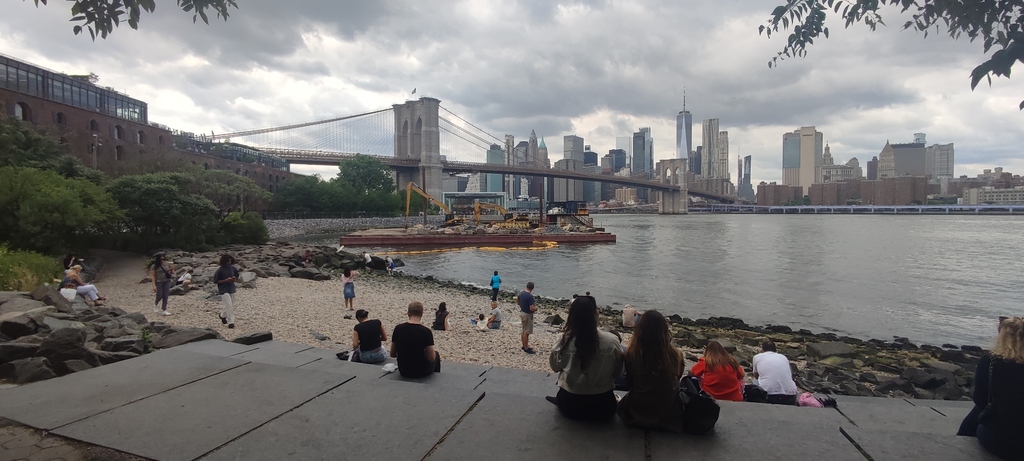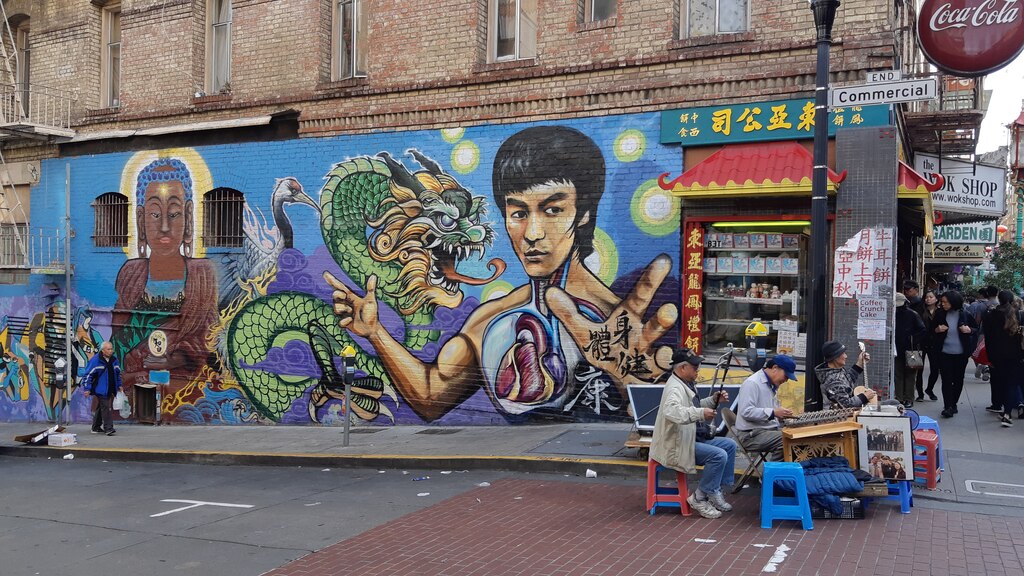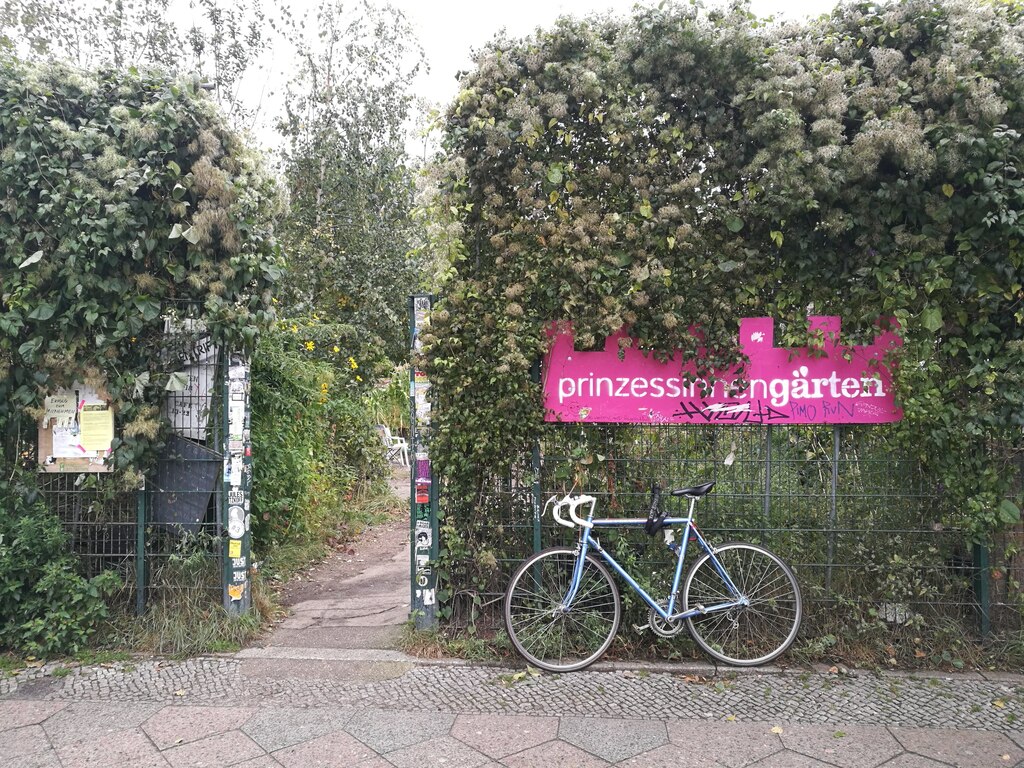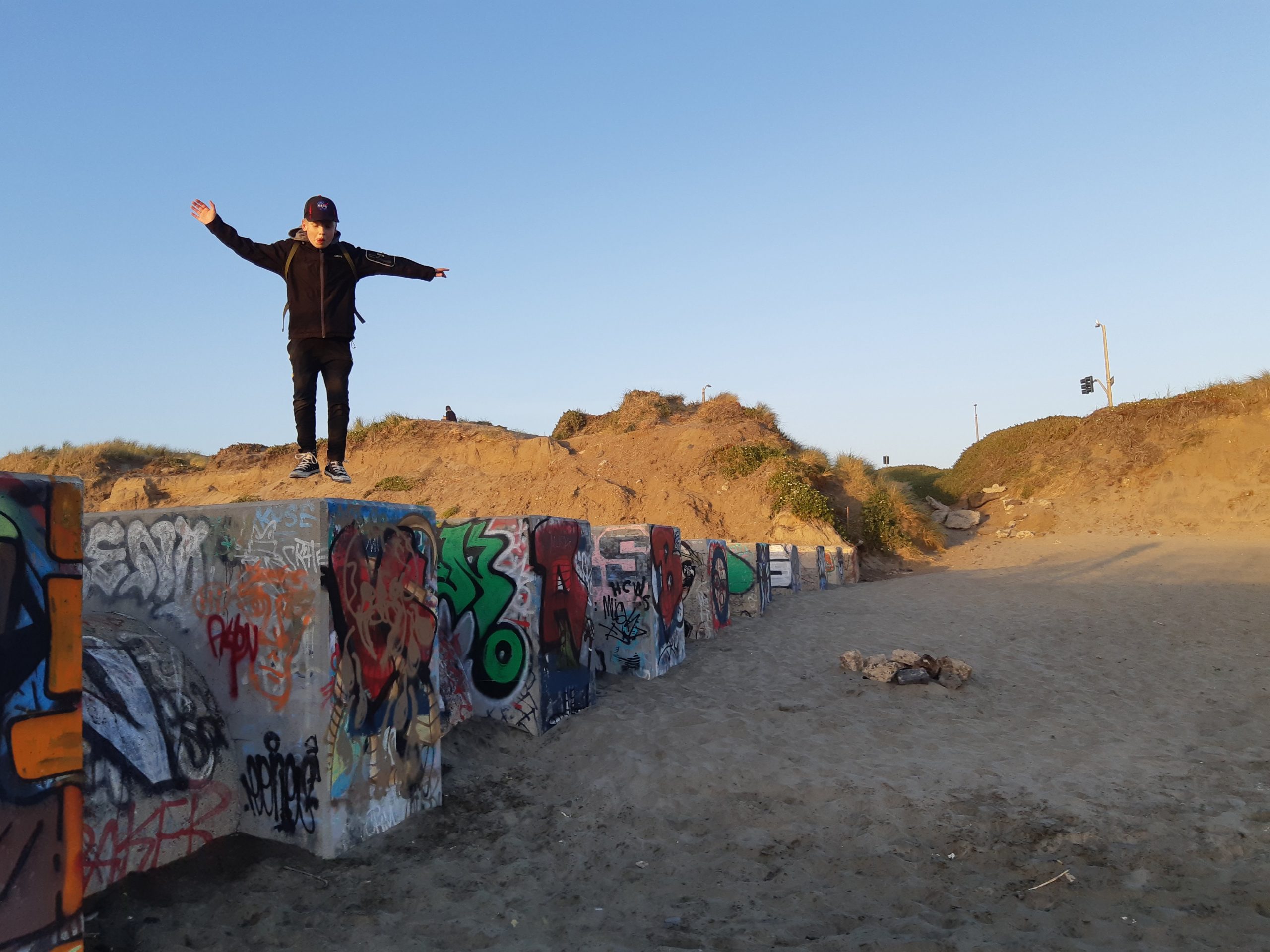Our goal is to support the creation of urban environments where people can reach their full potential and lead productive, creative lives.
This is crucial as global urban population is projected to nearly double by 2050, presenting cities with major challenges that impact human well-being.

To effectively address human well-being in cities, we must better understand its nature, especially the key distinction between eudaimonic and hedonic well-being.
Hedonic well-being relates to the frequency and intensity of emotional experiences like happiness, joy, stress, and worry. It emphasizes the pursuit of pleasure and the avoidance of pain, focusing on how often and how strongly these emotions are felt. This type of well-being is often seen as more transient and dependent on external circumstances such as affluence, status, power, and attractiveness.
The concept of hedonic well-being dates back to the 4th century B.C., when the Greek philosopher Aristippus taught that the ultimate goal in life should be to maximize pleasure
Eudaimonic well-being (human flourishing) focuses on the actualization of one’s potential, the meaningfulness of life, and personal growth. Positive emotions are part of this, but the deeper contentment comes from self-cultivation and a sense of purpose. This type of well-being is about living in alignment with one’s values and virtues, leading to a lasting sense of fulfillment and satisfaction.
The concept has also its roots in Antiquity and is most often linked to Aristotle, but appears in nearly all ancient traditions, both Eastern and Western.
At CityEthos, we focus on eudaimonic well-being, a concept often overlooked in urban research. Our mission is to raise awareness and find ways to integrate it into public space development.

We operationalize eudaimonic well-being through the perspective of capability approach, based on Amartya Sen and Martha Nussbaum’s work. This framework emphasizes the necessary assets for individuals and groups to achieve their aspirations.
These assets encompass essential needs like nourishment, education, health, and safety, along with more complex ones, including practical reason, affiliation, emotions, imagination, play, relationships with other species, and control over one’s environment.

By focusing on virtues and capabilities, we aim to provide a holistic understanding of well-being that goes beyond mere material wealth.
This approach highlights the importance of enabling individuals to lead lives they have reason to value, fostering both personal and societal growth.
aspects of urban well-being
We apply the principles of eudaimonic well-being and capabilities addressing a variety of challenges in contemporary urban life.
individual well-being
- Tools for mapping capabilities and virtues in an urban context
- Strategies for facilitating the development of capabilities and virtues
- Integrating capabilities and virtues in public space’s program and design


community well-being
- Tools for mapping key aspects of community well-being in participatory processes
- Strategies for facilitating civic friewndship across socio-economic and cultural difference
- Integrating community practices in public space’s program and design
mental well-being in cities
- Tools for mapping urban loneliness and isolation
- Strategies for facilitating urban connectedness
- Integrating mental well-being in public space’s program and design


urban resilience and adaptation
- Tools for mapping urban resilience on individual and community level
- Strategies for facilitating resilience with focus on learning, diversity and social innovation
- Integrating resilience thinking in public space’s program and design
Economic growth without investment in human development is unsustainable – and unethical.
– Amartya Sen, Development as Freedom (1999)

